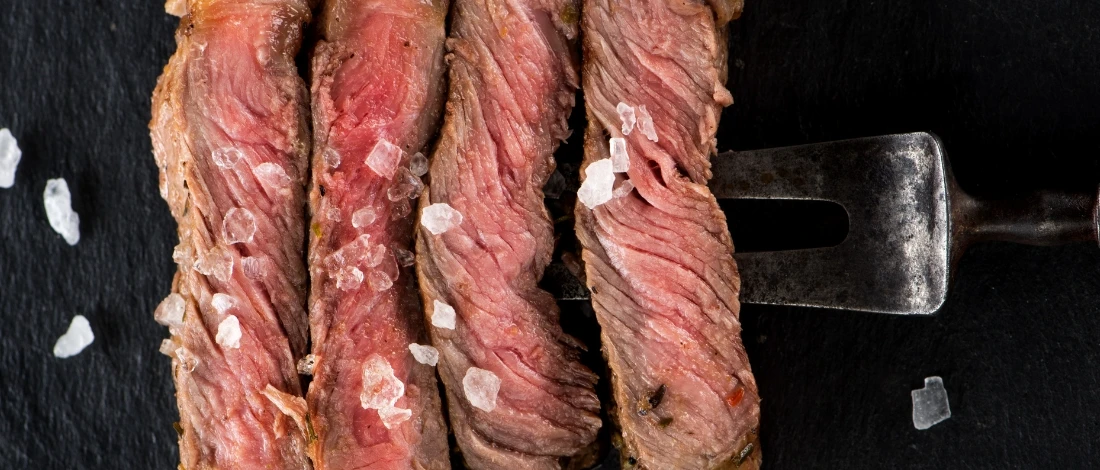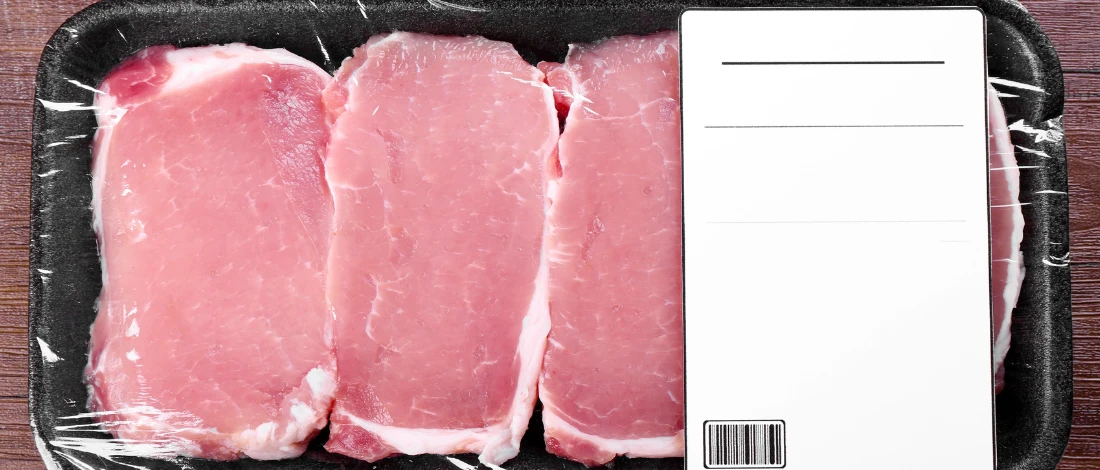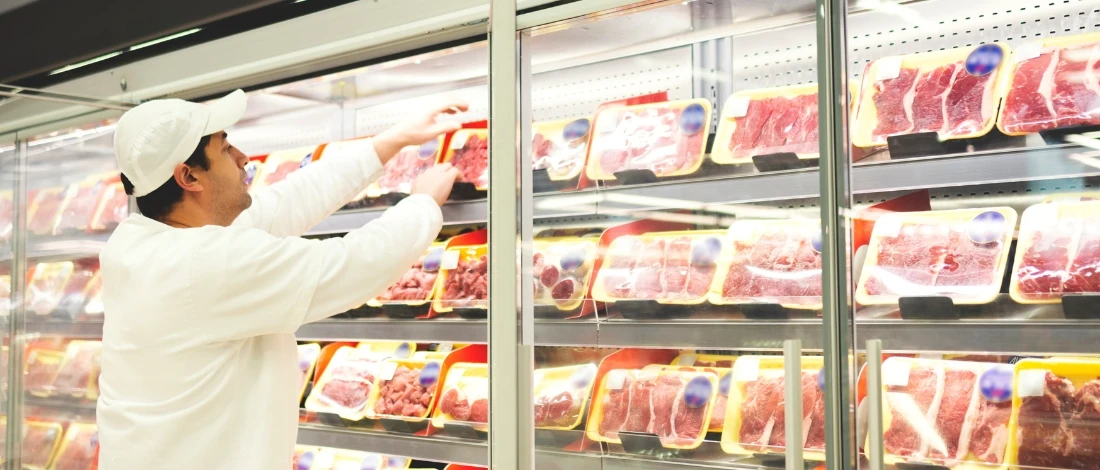At Home Plate BBQ, a popular American-style restaurant in Beijing, staff are busy reprinting their menus. The once staple ingredient – U.S. beef – is being replaced by Australian alternatives due to the ongoing U.S.-China trade war.
This shift signals the wider impact of rising tariffs and market pressures that are reshaping the dining experience in the Chinese capital.
Previously relying entirely on U.S. beef, Home Plate’s monthly consumption of 7 to 8 tonnes of brisket is now undergoing a transformation.
In just a few weeks, once the last of the American beef is used, the restaurant will exclusively serve meat sourced from Australia. “It’s essentially made it very hard for us to continue using U.S. beef,” said Charles de Pellette, operations director at Home Plate BBQ.
The tariffs levied on U.S. goods, particularly the retaliatory 125% tariff added to the existing 22%, have made American beef prohibitively expensive for restaurants.
This has resulted in a widespread pivot to Australian beef, which is now a more affordable choice. Despite the change, Home Plate remains confident in the quality and flavor of the Australian brisket.
“Once we deplete our stocks, we’ll be switching fully over to Australian M5… we still think it’s the same taste and quality, but we’ve had to switch due to market pressures and tariffs,” said de Pellette. Even the pork ribs, once sourced from the U.S., will now come from Canada.
This story is not unique to Home Plate. A beef supplier based in Beijing, who spoke on condition of anonymity, confirmed that many American-style restaurants in the city are following suit.
“They have to switch to Australian beef – even the American steak restaurants,” the supplier explained. For Home Plate, the price hike for U.S. beef was already an issue before the trade war began, with rising prices tied to herd shortages due to years of dry weather in the U.S.
Between May and March, U.S. brisket prices surged by nearly 50%, and the introduction of tariffs pushed costs to nearly double what they were the previous year.
Australia is stepping in to fill the void, offering brisket at prices 40% lower than the U.S. product.
Home Plate has embraced this shift, with de Pellette noting, “We’ve tested it for a few months and we found that actually, it’s just as good, and our customers are pretty happy with it.”
As of May, patrons will be enjoying Australian beef ribs, brisket, and sausages smoked in the traditional Texan and Southern style at Home Plate BBQ, a clear example of how global trade tensions are reshaping menus and dining experiences worldwide.
You may Also Like: Hackenmueller’s Meat Market in Robbinsdale Under New Ownership, Continuing Legacy





